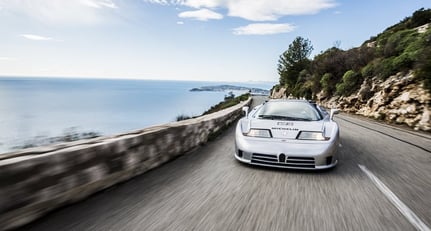
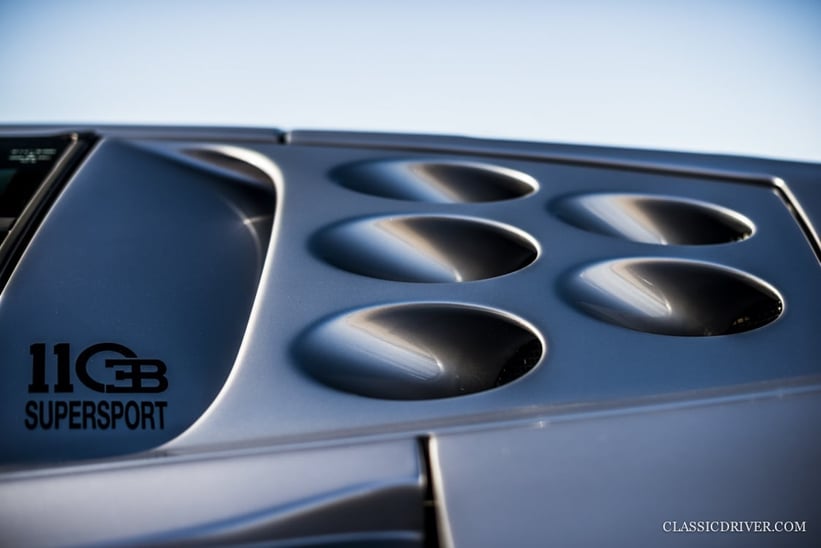

The Finns are a belligerent people. As legendary ‘Rally Professor’ Rauno Aaltonen once told us at a hotel bar one merry evening, the countless raids by the Russians over the years have led his people to defend their house, court, and honour with their fists. Needless to say, the fortified Finns were not prepared to see a young man from the Mediterranean coast, driving an Italian supercar, set a speed record on the ice and snow in the country of the world’s best winter drivers.
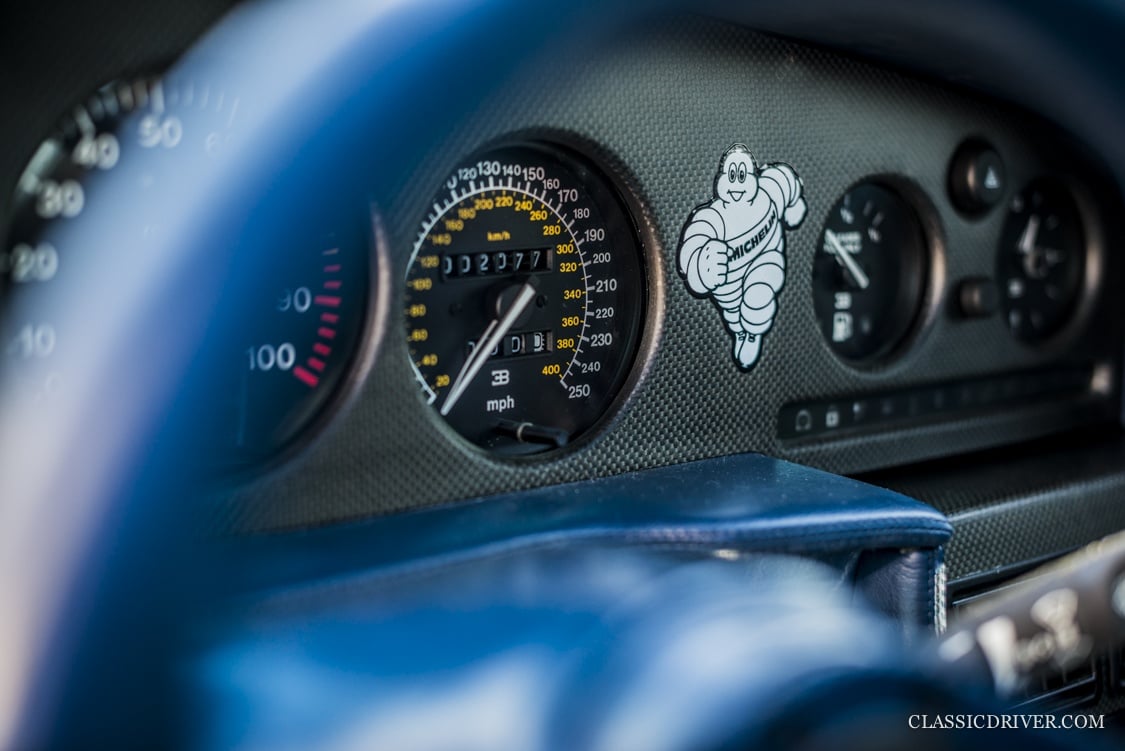
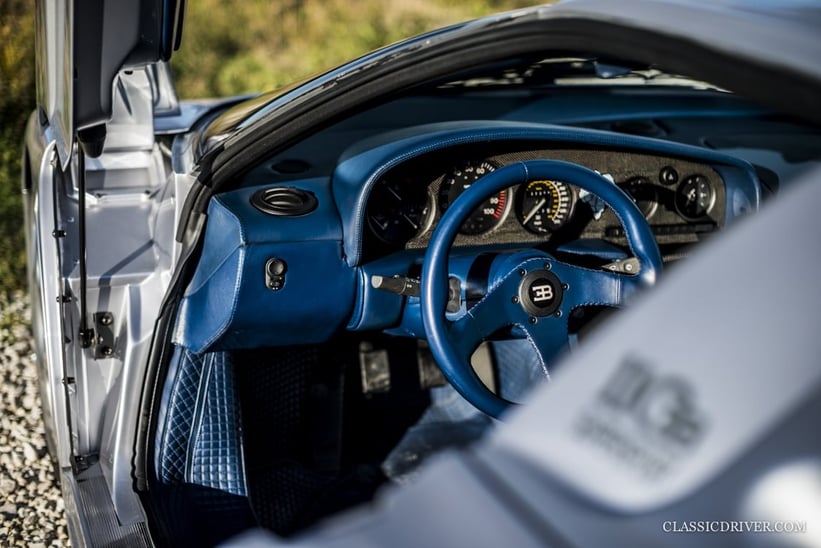
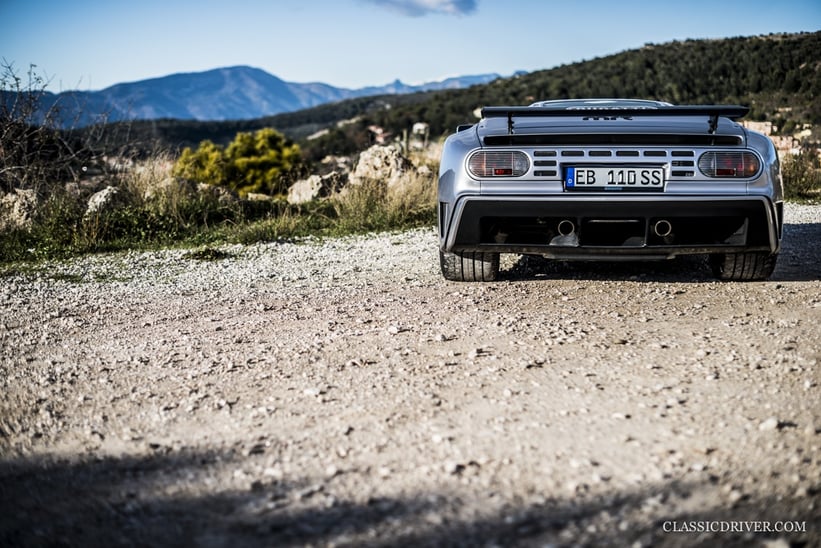
In the mid-1990s, Gildo Pallanca Pastor was looking for a new challenge. For almost a decade, the automotive enthusiast and scion of an influential and wealthy Monegasque dynasty had been active not only in the family business but also as an amateur racing driver. With the advent of the first four-wheel-drive supercars, Pastor came up with the idea of exploring the limits of acceleration on ice and snow — and setting a new speed record along the way.
Logically, the first choice of car fell to the Porsche 911 Turbo. But Pastor had recently ordered an EB110 Super Sport from the mythical and recently resurrected Bugatti brand in Italy, for the purpose of competing in the IMSA Endurance Championship. On closer inspection, the lighter and more powerful version of the four-wheel-drive supercar, with its circa-600hp, 3.5-litre, quadruple-turbocharged V12 and 355km/h top speed, was almost destined for the task at hand.
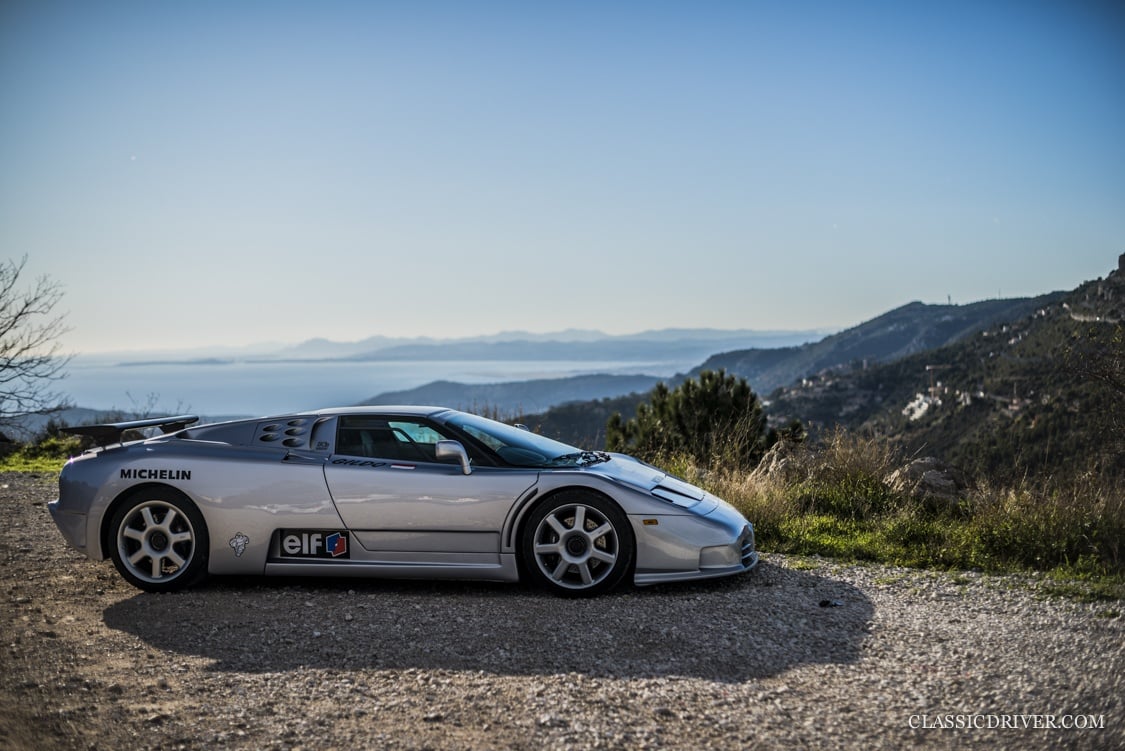
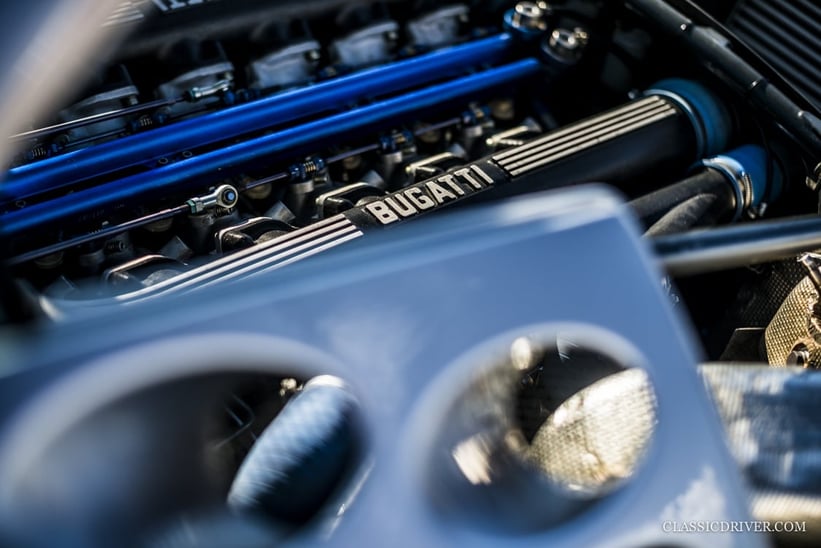
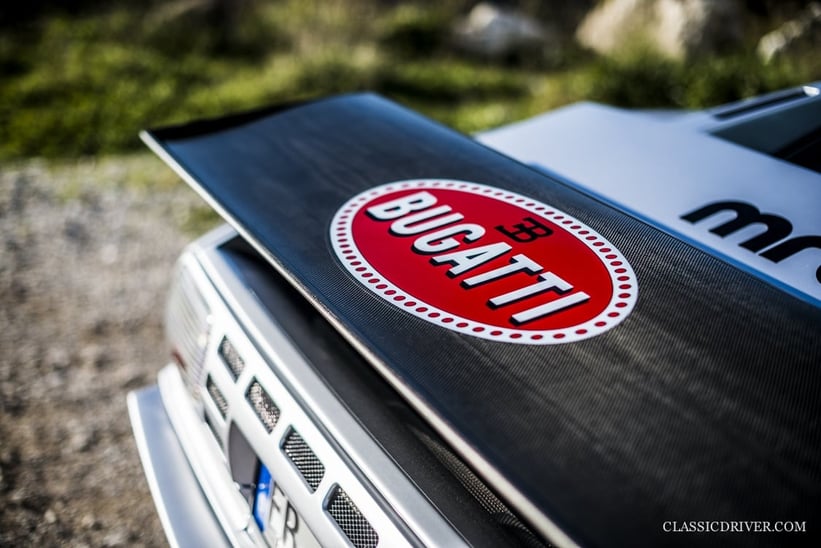
On 3 March 1995, the 28-year-old Monegasque stood on the surface of a frozen lake near the Finnish city of Oulu and let the door of his Bugatti rise graciously into the sky. Save for modification to the final drive and some additional ballast installed by the factory, the car was exactly the same as any other production EB110. Pastor even forewent spikes — the normal road tyres had to suffice.
Pastor succeeded. On the seven-kilometre ice rink, he reached a speed of 315km/h. And while the number was later reduced by the FIA to 296.3km/h during homologation, the ice-speed record stood until 2013, when the Bugatti was beaten by an Audi RS6. Shortly afterwards, Pastor recalled the adventure in a Monegasque magazine. “It was a pretty crazy record, as I could see waves at the end of the track,” he explained. “The greatest challenge was to avoid ending up in the water. I had it all — reindeer crossing the track, for example. In any case, the Finns were intrigued to see a Monegasque go faster than them on the ice.”
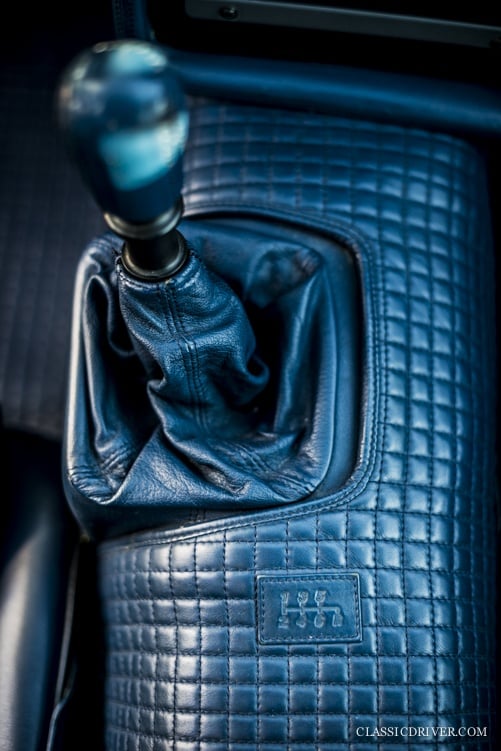
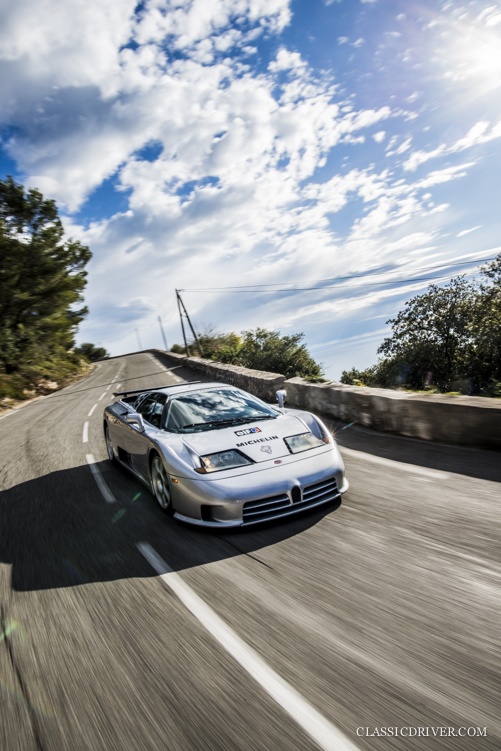
In February 2016, the Bugatti was sold at an auction in Paris for around 900,000 euros. The buyer was German entrepreneur and racing driver Stefan Rehkopf, who returned the car to Monaco to join a small but exclusive exhibition of Bugattis and, subsequently, invited us for a jaunt into the mountains. “I was surprised to win the car — which included a second engine, transmission, and differential — so cheaply in Paris,” he reported during our journey. “I had it thoroughly checked over at Brabus in Bottrop, which was already an established service centre for the EB110 in the 1990s. In addition to a few small things, we became aware of cracks in the magnesium rims. As a result, I was only able to move the car at extremely low speeds until a new set arrived from BBS. Incidentally, at the same time, Michelin produced a ‘new’ series of the then-approved road tyres, and things have progressed a bit faster since then.”
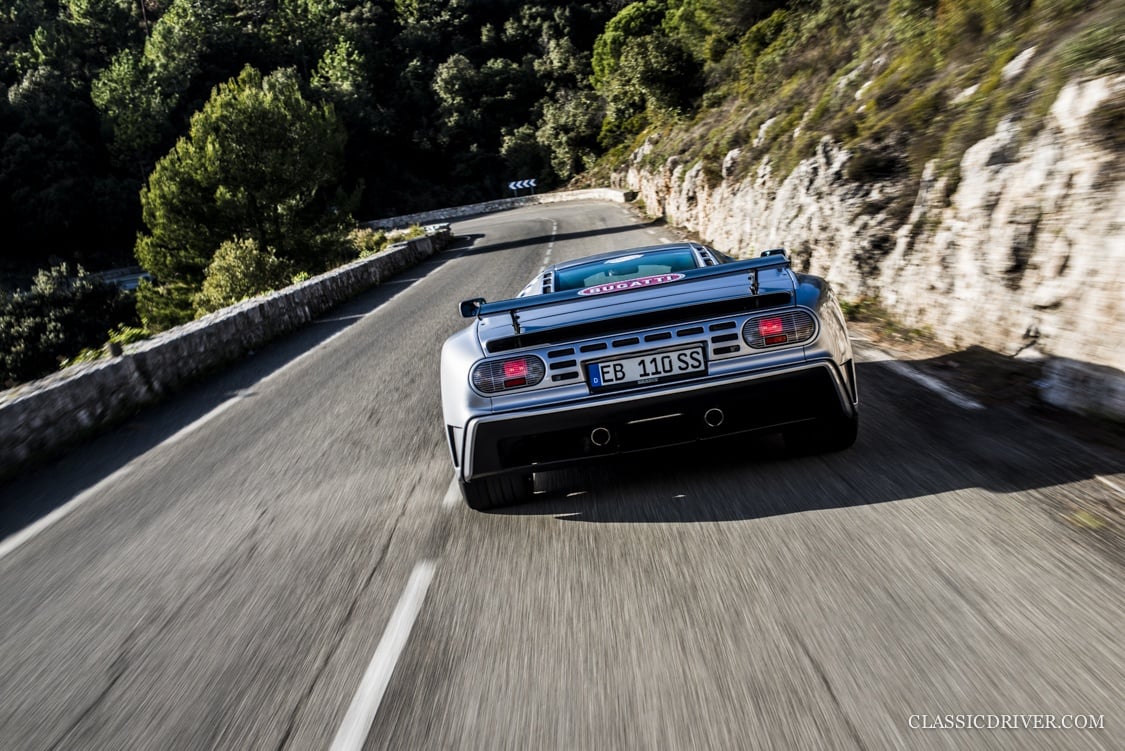
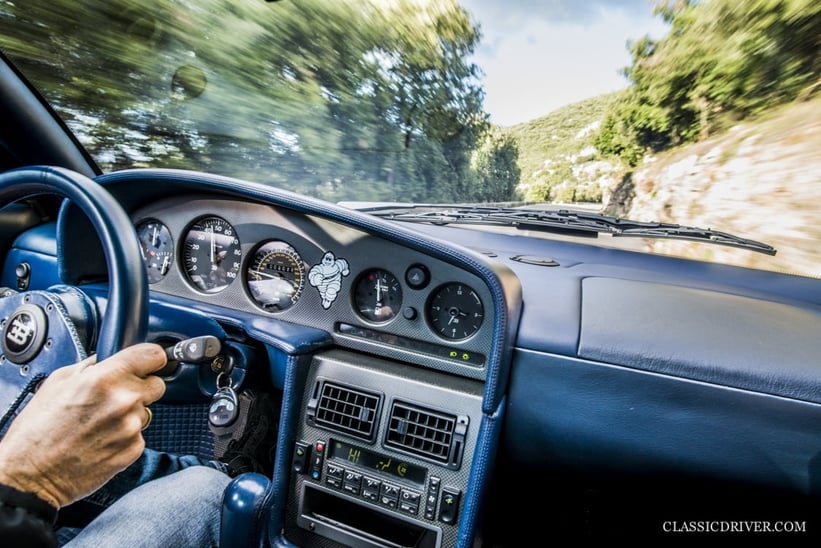
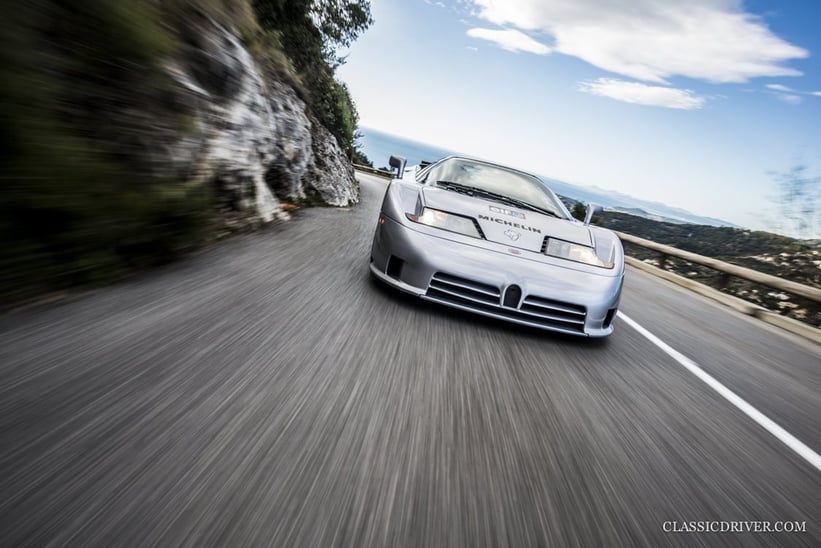
Rehkopf, who’s been active in motorsport for around 20 years, owns a plethora of other supercars, but he finds the Bugatti particularly fascinating. “I’d first heard that the EB110 offered tremendous traction and driving comfort,” he explained. “Bugatti had worked progressively with its Italian owner, Romano Artioli, to develop almost everything on the car in house, which made me very curious.”
Despite the ‘Ice Princess’ having only a few thousand kilometres on the clock, it’s the driving experience that Rehkopf finds most engaging. “I love how it differs from the spartan Ferrari F40,” he commented. “They both have the same performance characteristics, but the Bugatti is like Abraham’s bosom by comparison.” The mid-engine weight distribution and all-wheel drive are particularly welcome for its new owner, even if the 1,600kg car makes its weight felt on the twisting and narrow alpine roads. “The background noise is also unique to the EB110 — you can clearly hear the floating disc brakes while driving slowly on cobblestones and the forward-running differential whistle once up to temperature. Outside, the noise is elegantly restrained, but when the engine gets to full power, you can hear the typical turbo hiss from the exhaust. It’s a great spectacle, particularly in tunnels!”
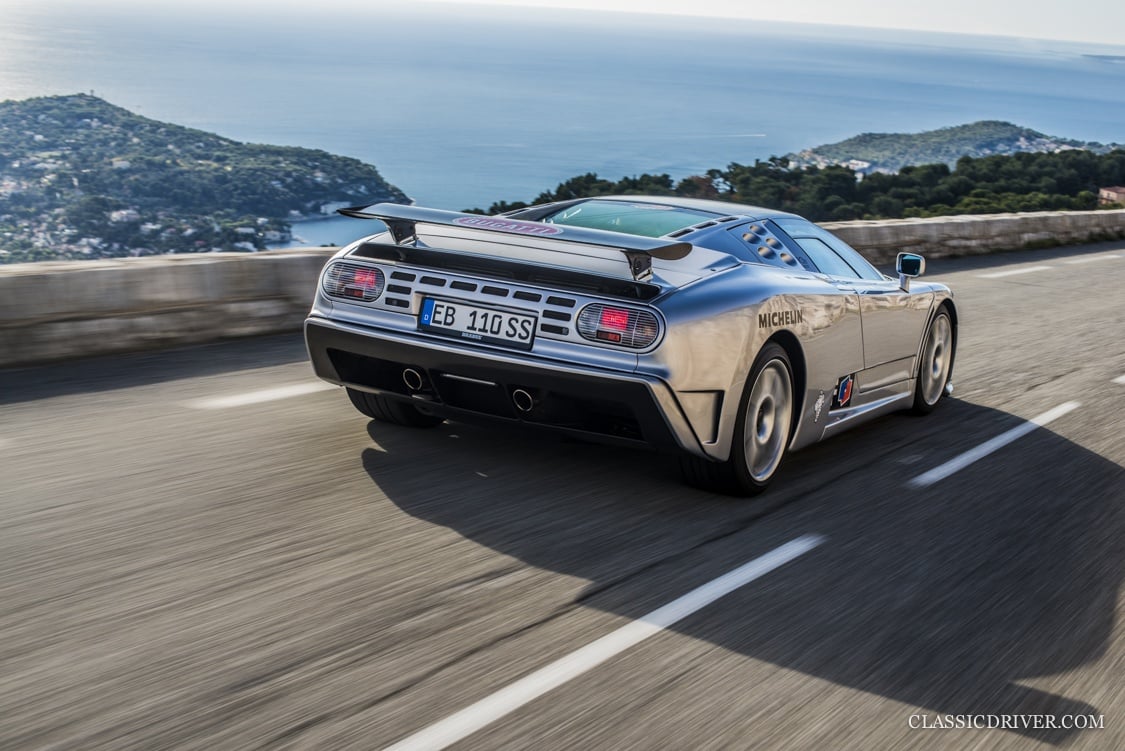
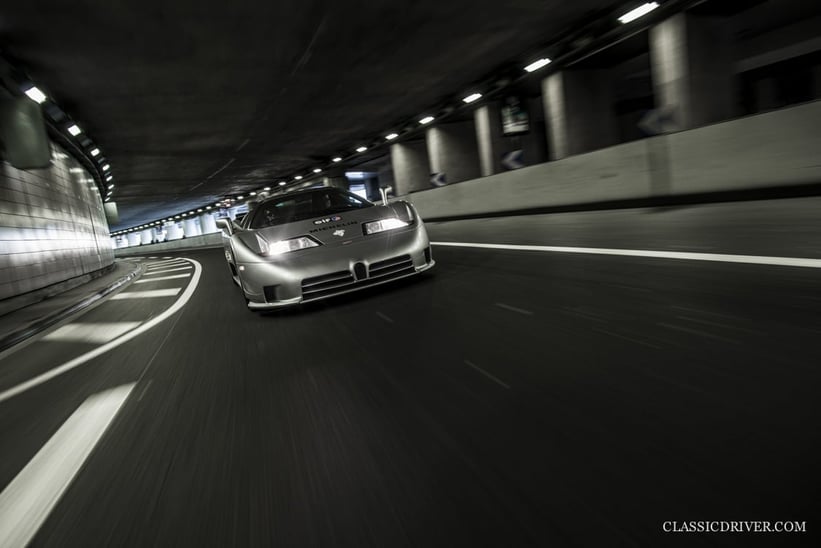
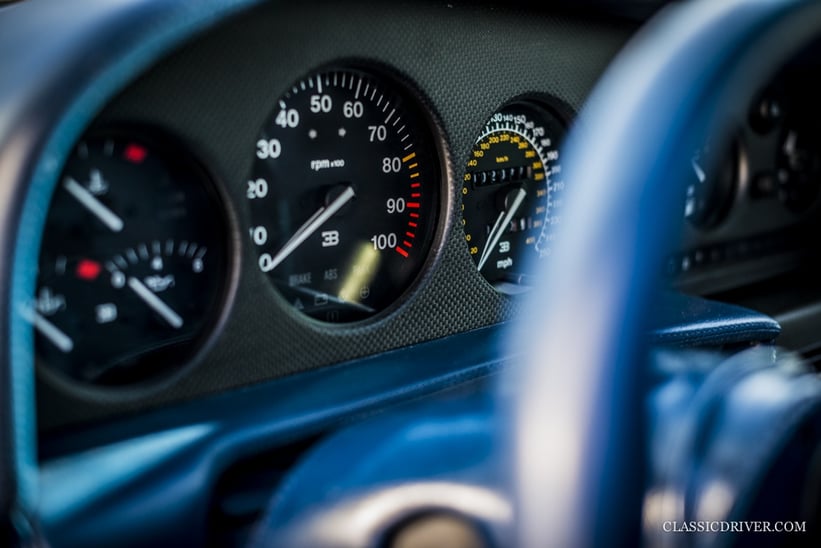
When Rehkopf bought the EB110 in Paris, it had just 1,373km under its belt. Nevertheless, he didn’t hesitate to pilot the car with courageous gusto along the crumbling mountain roads of the hinterland of Monte-Carlo. “I think the strategy of buying and keeping cars with as few kilometres as possible is wrong,” he said. “A means of transportation that is condemned to a standstill is regrettable — for me, it’s comparable to keeping predators in a zoo. I fill the tanks of each of my cars at least twice a year, and driving them makes me feel like a little kid. I also use my supercars to enrich the image of a city and arouse the interest of passers-by — it was quite a scene driving the Bugatti in evening traffic along the Promenade des Anglais through Nice!”
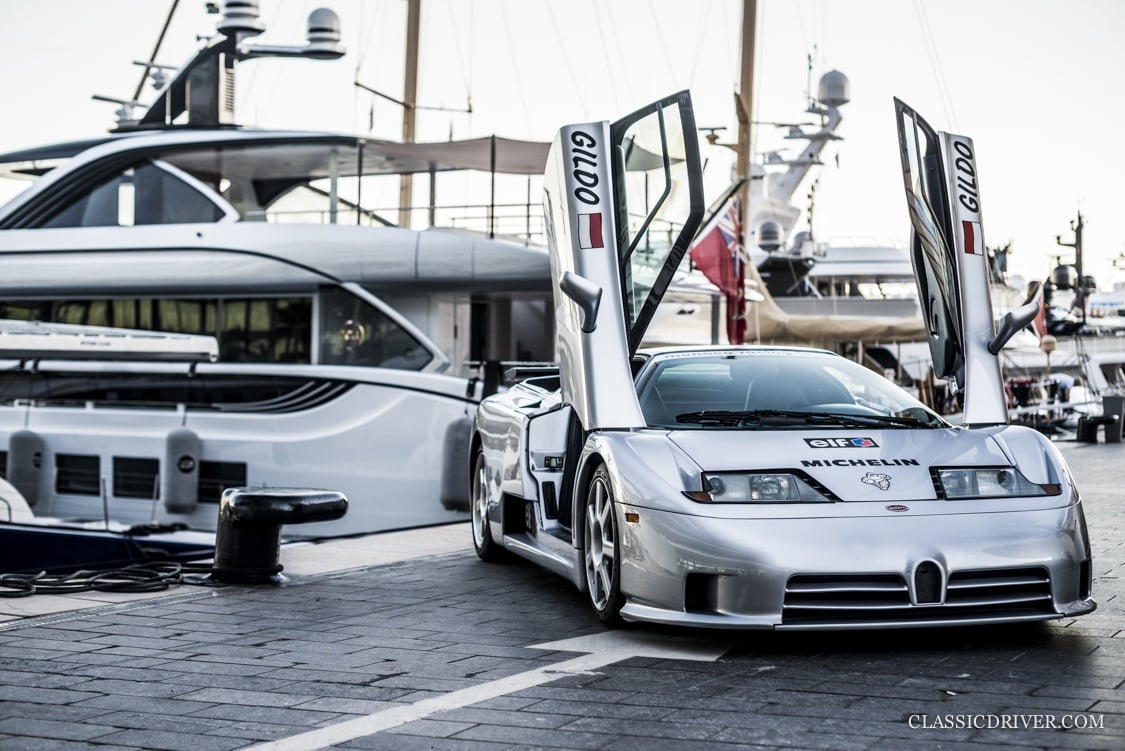
For all the joy of driving, the super sports cars from the 1980s and ’90s are, of course, also speculative objects for many collectors, dealers, and auction houses. But while prices for the McLaren F1 continue to climb to new heights, the equally interesting Bugatti EB110 remains relatively affordable. Rehkopf concurred: “I believe the EB110 — above all, the Super Sport variant — has a unique position in the market. The way it was designed, with its all-wheel drive, allowed safe driving in all weather conditions and high levels of comfort. Looking at the values of the very rare McLaren F1 and the not-so-rare Ferrari F40, it surprises me that the EB110 is traded so favourably.” And while the Monegasque record car posed in the port of Monaco for one last photo call, we could only agree — a big comeback is almost certainly ahead for the Bugatti EB110…
Photos: Rémi Dargegen for Classic © 2018
